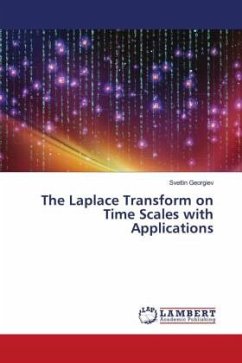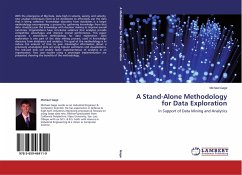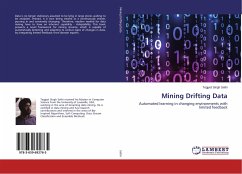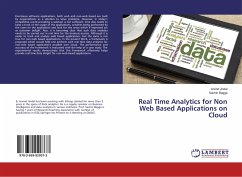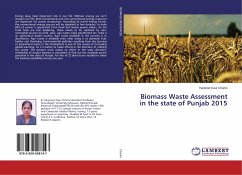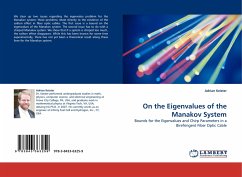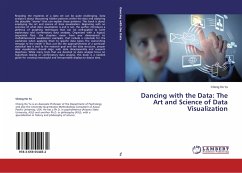
Dancing with the Data: The Art and Science of Data Visualization
Versandkostenfrei!
Versandfertig in 6-10 Tagen
47,99 €
inkl. MwSt.

PAYBACK Punkte
24 °P sammeln!
Revealing the mysteries of a data set can be quite challenging. Data analysis is about discovering hidden patterns within the data and exploring the plausible "stories" that can explain those patterns. This book is about employing the art and science of data visualization. Beginning with an overview of what data visualization is and is not, the author introduces a plethora of graphing techniques that can be well-applied to both exploratory and confirmatory data analyses. Organized with a logical, sequential flow, the chapters move from one dimensional to multidimensional visualization examples...
Revealing the mysteries of a data set can be quite challenging. Data analysis is about discovering hidden patterns within the data and exploring the plausible "stories" that can explain those patterns. This book is about employing the art and science of data visualization. Beginning with an overview of what data visualization is and is not, the author introduces a plethora of graphing techniques that can be well-applied to both exploratory and confirmatory data analyses. Organized with a logical, sequential flow, the chapters move from one dimensional to multidimensional visualization examples, that include a rationale for the usefulness when applying them to specific data types. The overarching message to the reader is that, just like the appropriateness of a particular statistical test is tied to the research goal and the data structure, proper data visualization should align with data dimensionality and research objectives. While many texts that are devoted to data analysis focus on hypothesis testing or confirmatory data analysis, this book is a needed guide for creating meaningful and interpretable displays to depict data.



